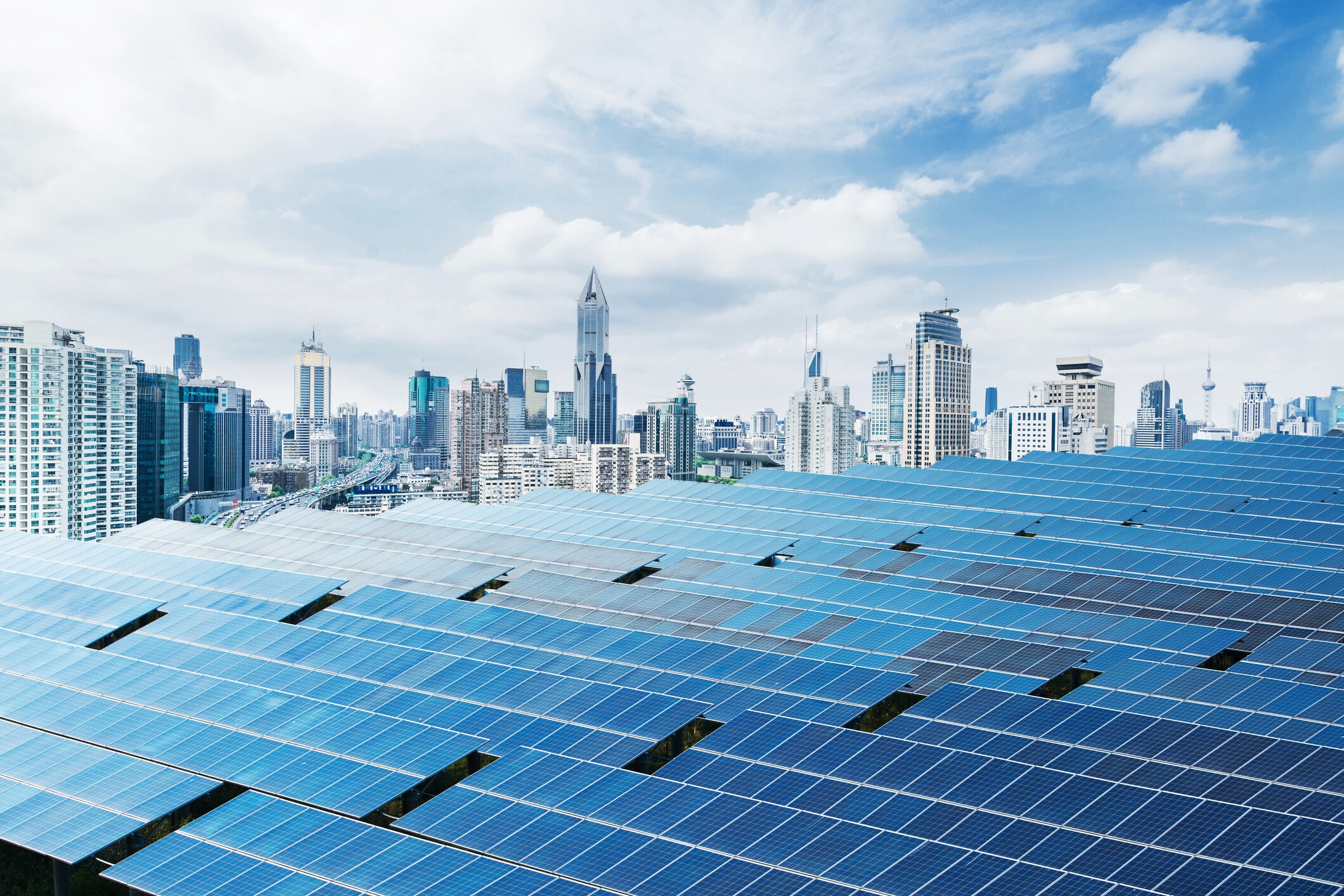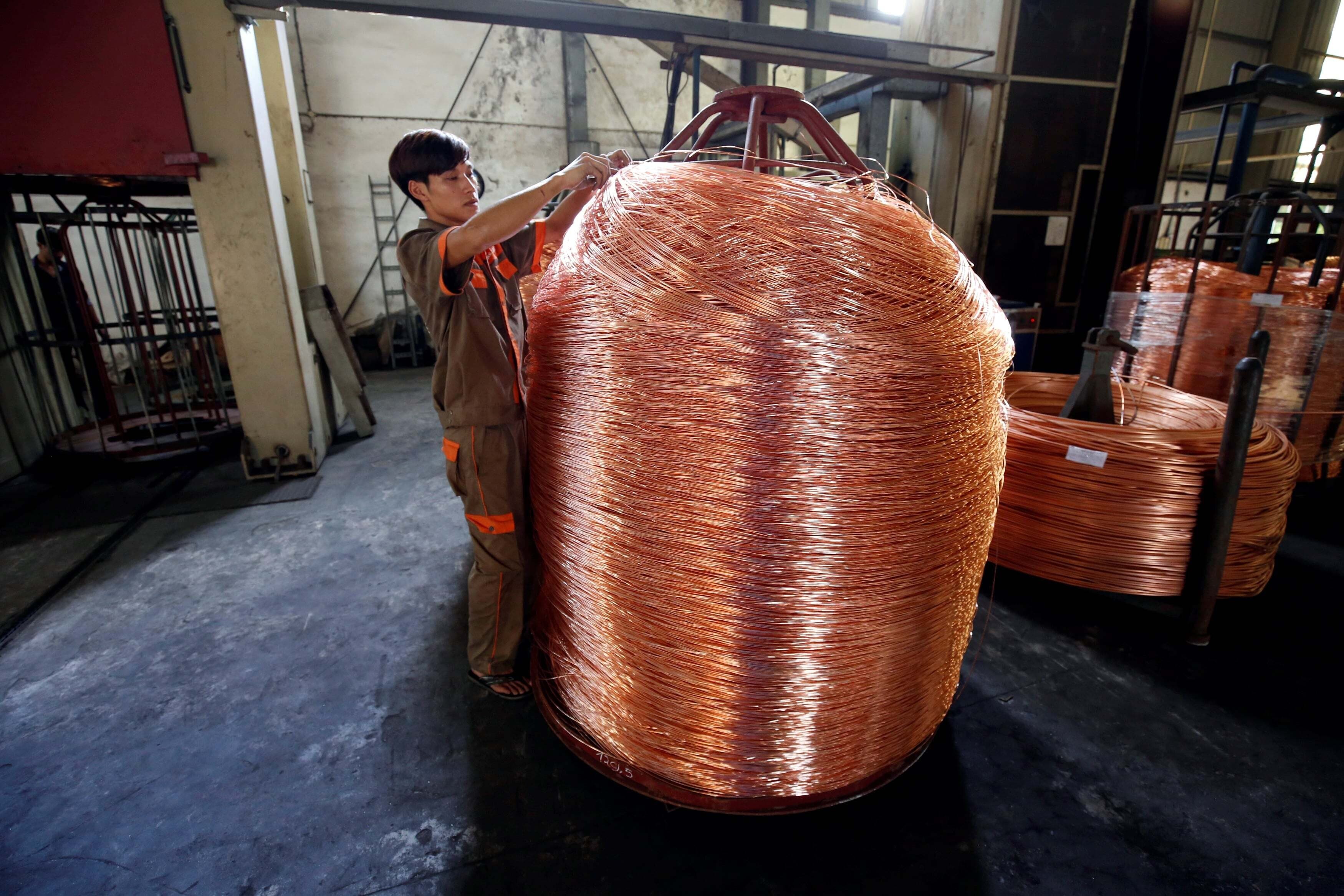4 trends that will shape Latin America’s economies in 2017

Image: REUTERS/Mariana Bazo
The global economy is looking stronger in 2017. Will Latin America be swept along by this wave of growth? That remains to be seen – but these four trends could hold some clues.
At least two more US Federal Reserve interest rate rises are expected this year, as the United States has a stronger near-term growth outlook, with the economy nearing full employment and inflation heading towards its target level. The first Fed rate rise this year was well-telegraphed and barely rippled markets. As a result, the dollar is expected to continue strengthening, raising the risk of capital outflows from emerging markets in Latin America.

As the cycle unfolds, the key question for investors in the region will be how policy-makers adapt to this increasingly uncertain global environment. With inflation in much of Latin America looking more manageable and commodity prices stabilized, central banks are in a better position to use monetary policy to ease conditions and support growth if necessary. Could it also be an opportunity for critical structural reforms to improve competitiveness?
These questions will be debated in the following sessions at the World Economic Forum on Latin America:
As the G20 has dropped its commitment to “resist all forms of protectionism” under pressure from the US, some of its trading partners are looking to reinforce existing partnerships or build new ones. Existing trade agreements, such as the Pacific Alliance and Mercosur, are back in the spotlight and some members of the Trans Pacific Partnership are looking to see if the agreement could take on a new form without the United States.
Latin America is also exploring new frontiers in a common digital market for the region to facilitate e-commerce, services and dataflows. So what will the new multilateral trading system look like? In this new context, can Latin America shape its own destiny both online and regionally?
The future of trade in the region will be discussed in the following session at the World Economic Forum on Latin America:
The end of the Odebrecht corruption scandal isn’t even yet in sight, as more indictments are being handed down. The result has been a tremendous degree of uncertainty and a deterioration of trust in institutions, governments and the political establishment in affected economies as policy-makers are distracted by the scandal and needed reforms are put on hold. In addition, some critical planned infrastructure projects are now in question or being cancelled, a setback that the region doesn’t need. As a result, the Eurasia Group estimates that Peru alone could suffer a 1% drop in growth.

As the economic impact of the problem is clear, how can countries use digital tools to increase transparency and improve governance?
Ways of using new technologies to combat an age-old problem will be explored in the following sessions at the World Economic Forum on Latin America:
As the economic outlook for advanced economies and emerging Asia points to a brighter 2017, the signals coming from Latin America remain mixed at best, with the IMF estimating regional growth of just 1.2% for 2017.
A CAF (the Development Bank of Latin America) study suggests that too few workers possess the skills that productive firms are looking for, preventing them from hiring and expanding. In addition, only a small percentage of the self-employed have the skills necessary to open a business and become a successful entrepreneur. What reforms of the education system and training programmes can help the region take advantage of the Fourth Industrial Revolution? How can improved access to credit ease barriers for the launch of productive new enterprise?
Participants in the following sessions at the World Economic Forum on Latin America will discuss which reforms can break the vicious cycle of workers stuck in low-growth industries:
Don't miss any update on this topic
Create a free account and access your personalized content collection with our latest publications and analyses.
License and Republishing
World Economic Forum articles may be republished in accordance with the Creative Commons Attribution-NonCommercial-NoDerivatives 4.0 International Public License, and in accordance with our Terms of Use.
The views expressed in this article are those of the author alone and not the World Economic Forum.
Stay up to date:
Latin America
Related topics:
Forum Stories newsletter
Bringing you weekly curated insights and analysis on the global issues that matter.
More on Economic GrowthSee all
Matt Watters
July 29, 2025






